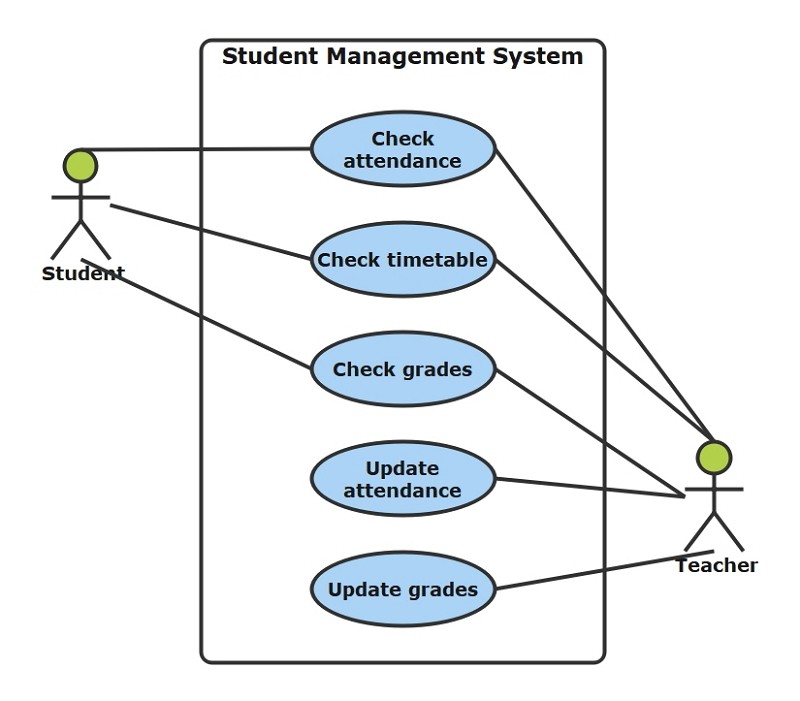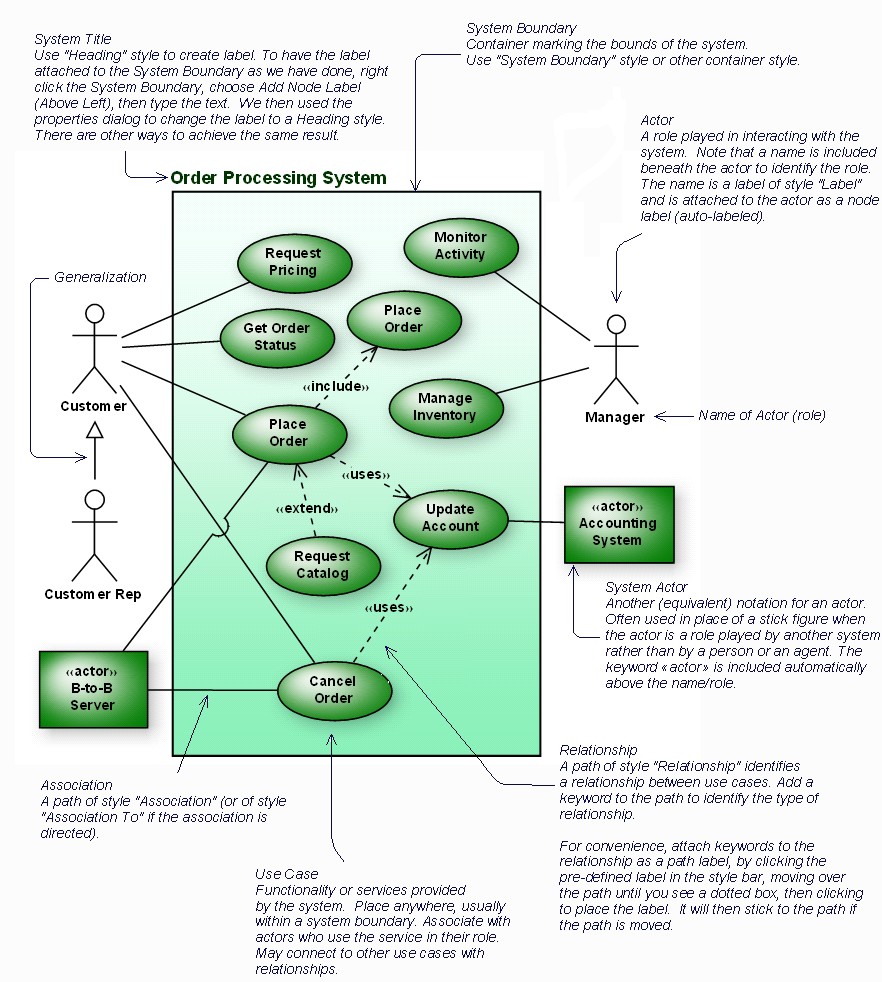

#Use case diagrams registration#
Source: It is the student registration system use-case UML diagram. Use Case Diagram for Student Registration System The employee and the manager are also the actors in this system.ħ.

Through the customer, the insurance company is also interacting with other use-cases of the car rental system. Here, the insurance company is the actor that is the organization interacting with bill payment use-case and the customer is also an actor. It is an illustration of the car rental system use-case UML. It shows the behavior between model elements. They show the relationship between the model elements. They are used in UML diagrams to represent different units in the system. The subsystems in the UML are the different fixed systems that behave independently in a system. The actors are placed with different cases on the diagram to illustrate how the user will interact with the system. That can be anyone, a human, an organization, a machine, or anything. Depending on the user's wants and needs, the use cases are made, and then the system is developed and tested according to these cases.Īn actor is simply the end-user.

These use cases are made by keeping in mind what a user wants from the system. The use cases tell us about how the system will perform in different cases. In this section, we will talk about the four basic types of use case diagram notations. The use case diagram specifies how a system will perform, which is why it shows only the functionality of the system. The best practice is that the use case diagram should be small and crispy. The use case diagram illustrates the relationship between the multiple use-cases, actors, and systems. It is the best way to meet the requirements of the end-user. The benefit of using the use case diagram is that we develop the system with the user in mind. This diagram shows us the possible behavior of how the software will perform. When a system software is in the developing phase, then for making it perform efficiently, the developers specify different use cases to check the possible behavior of the software in different cases or situations.


 0 kommentar(er)
0 kommentar(er)
